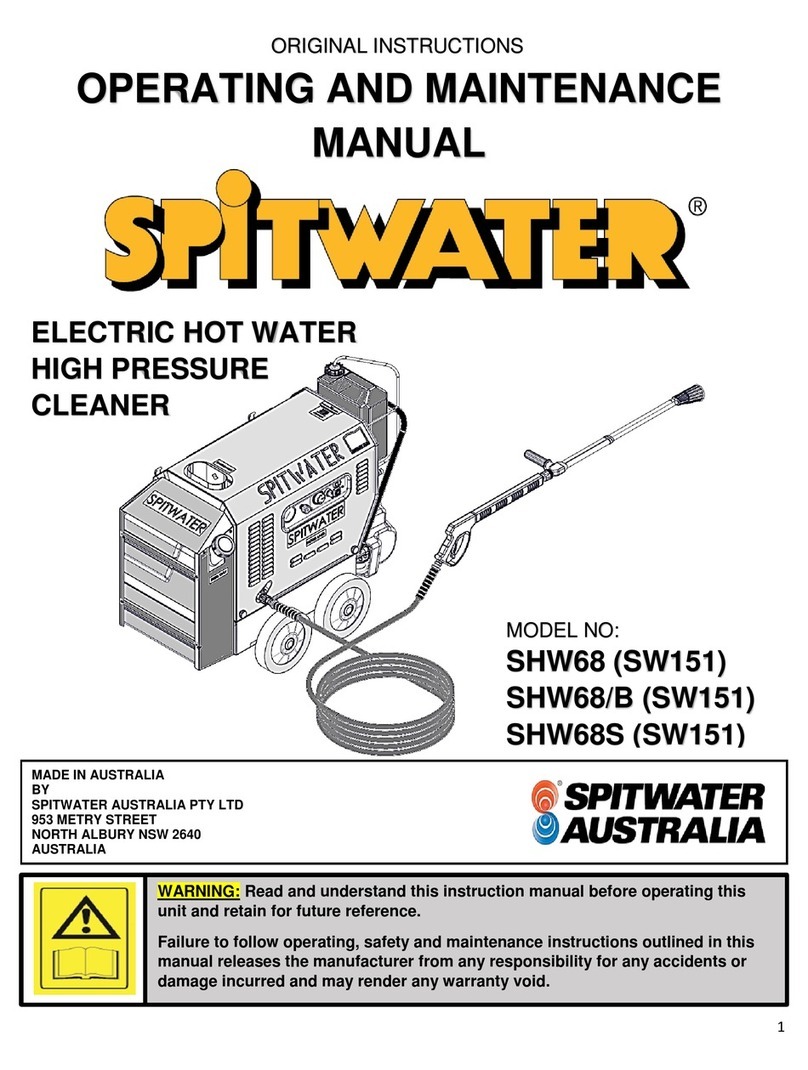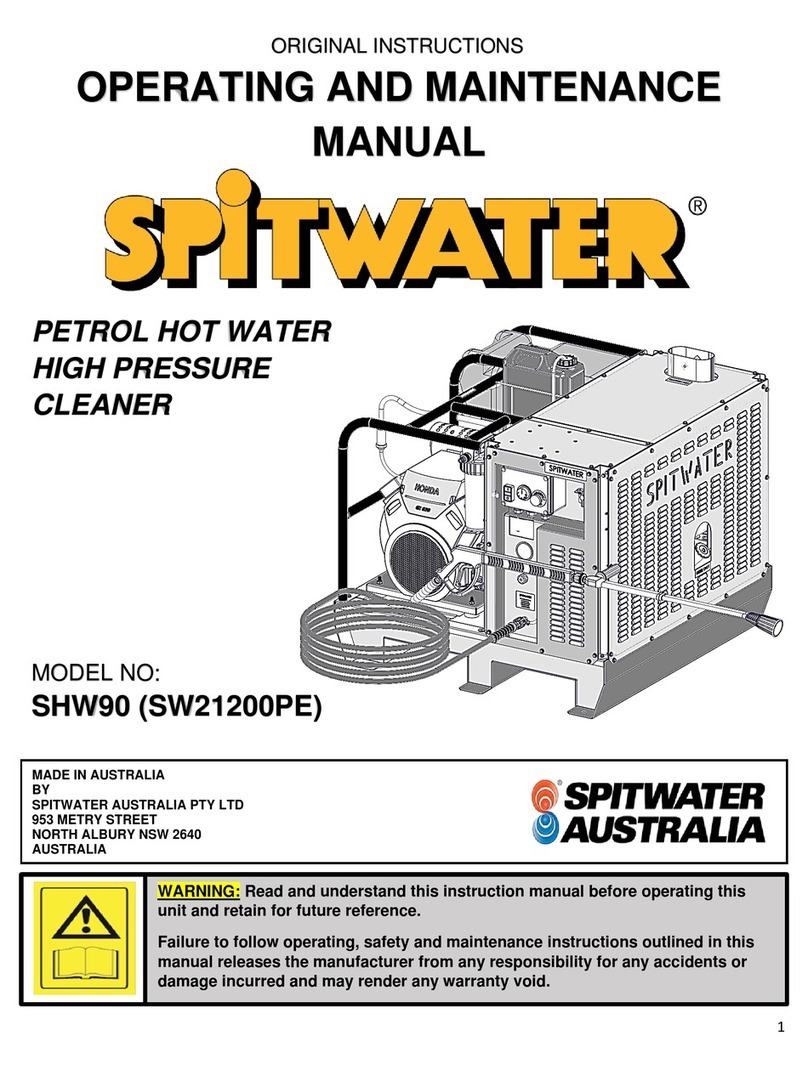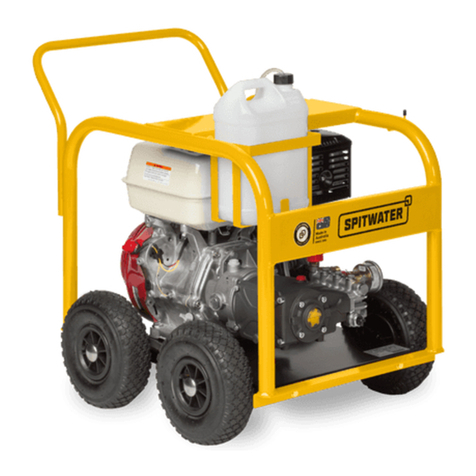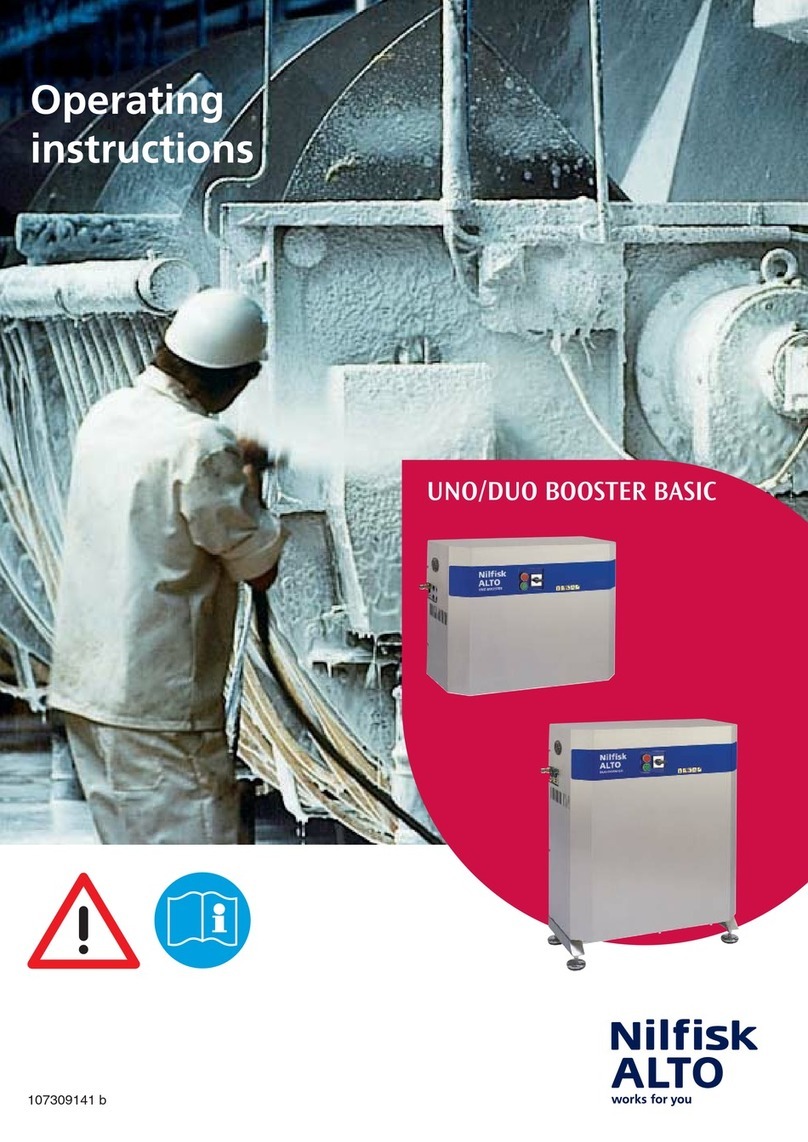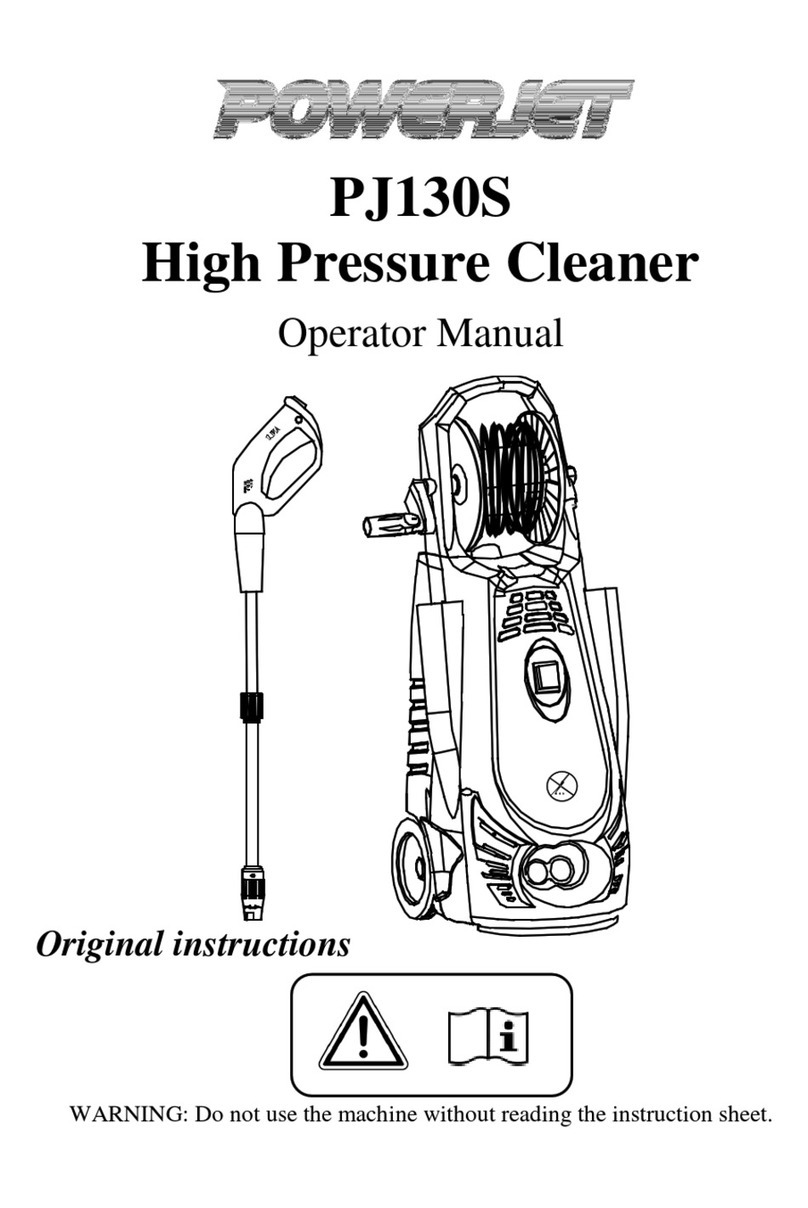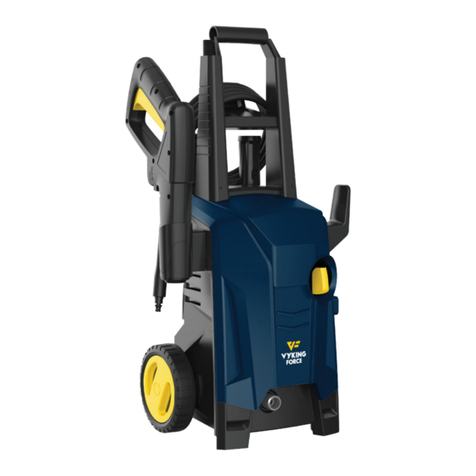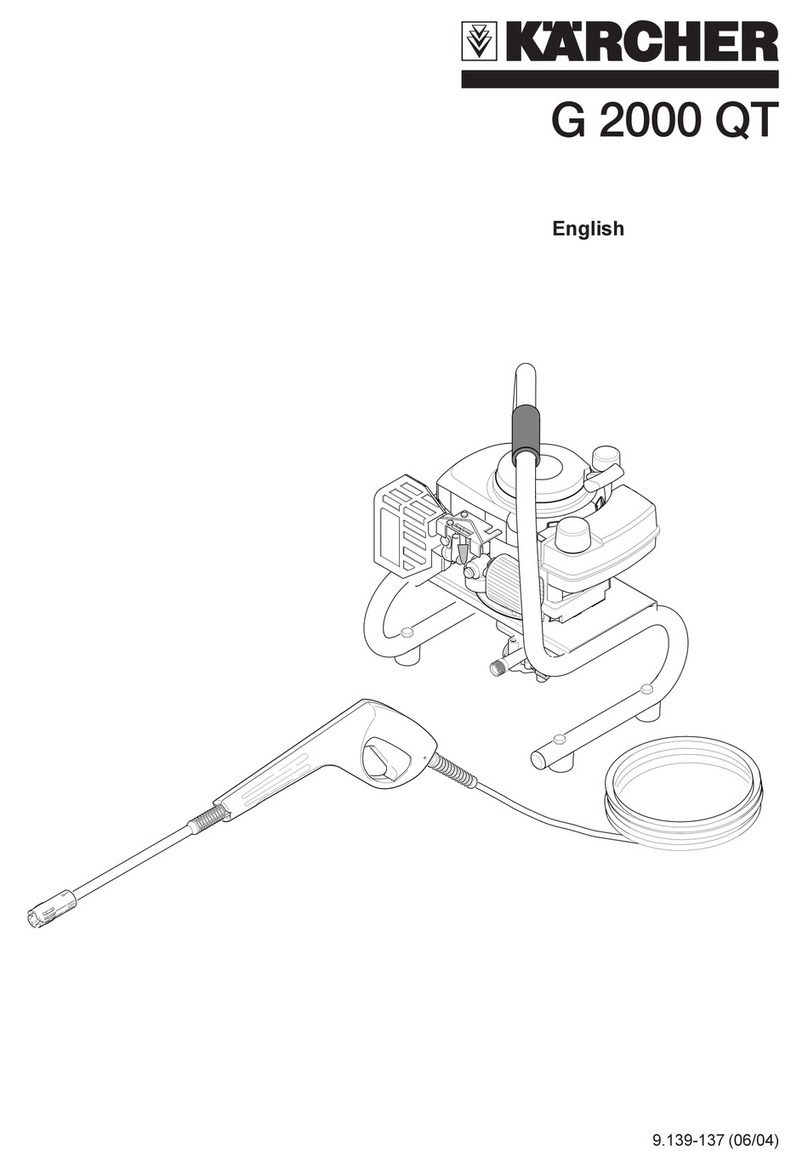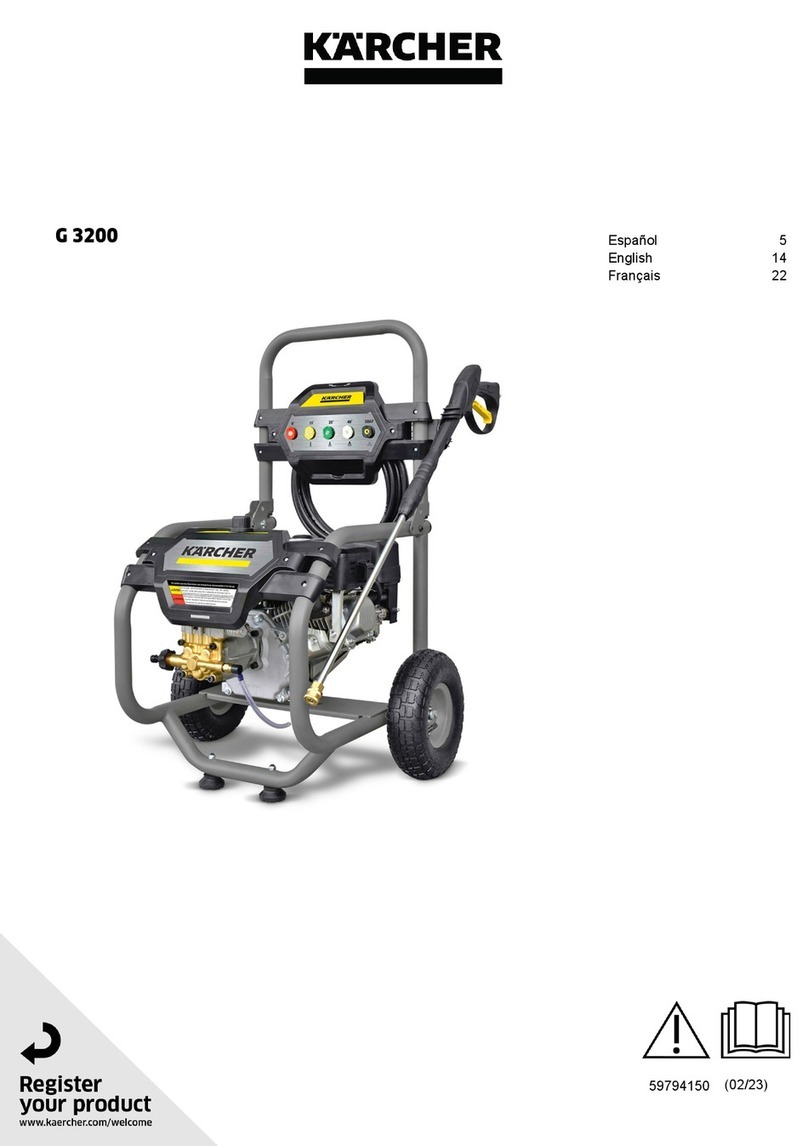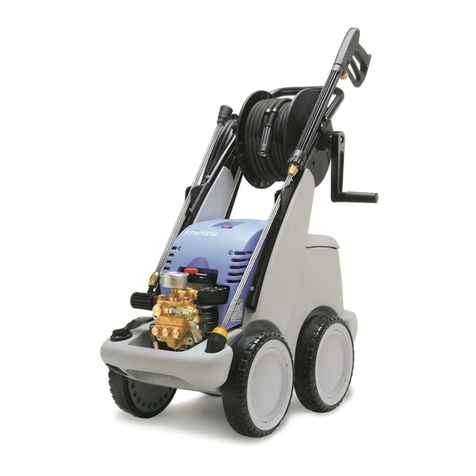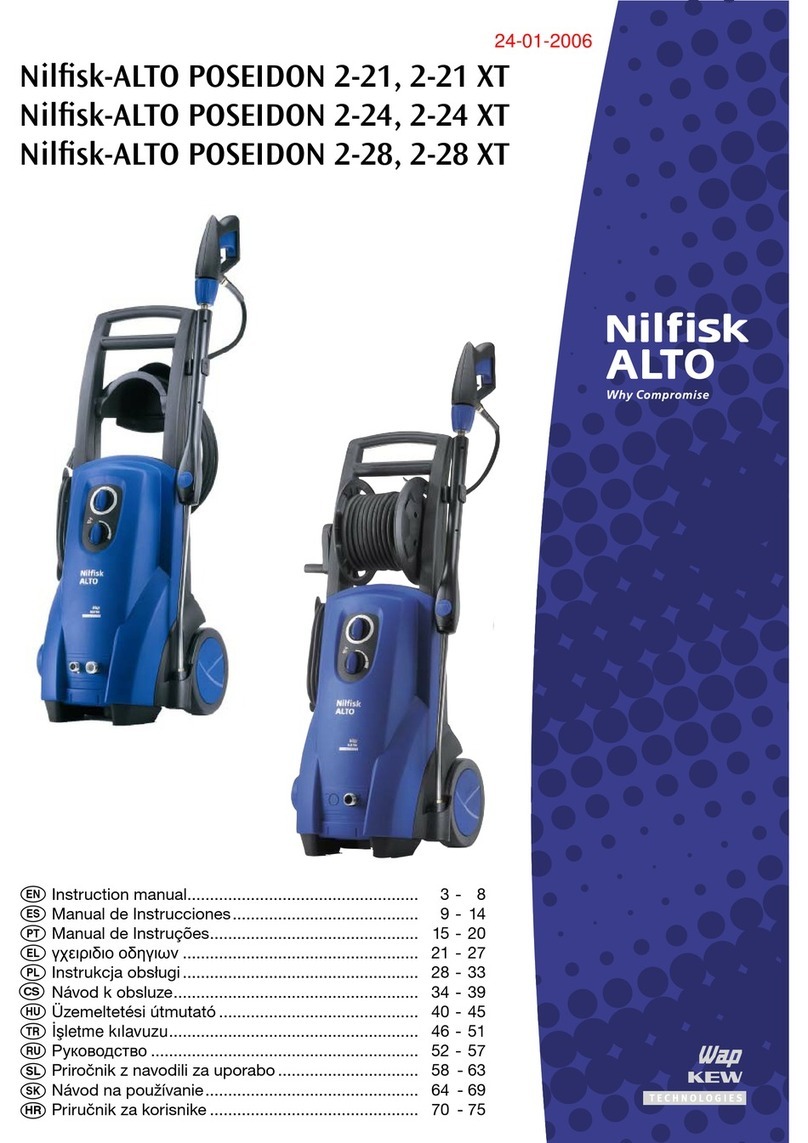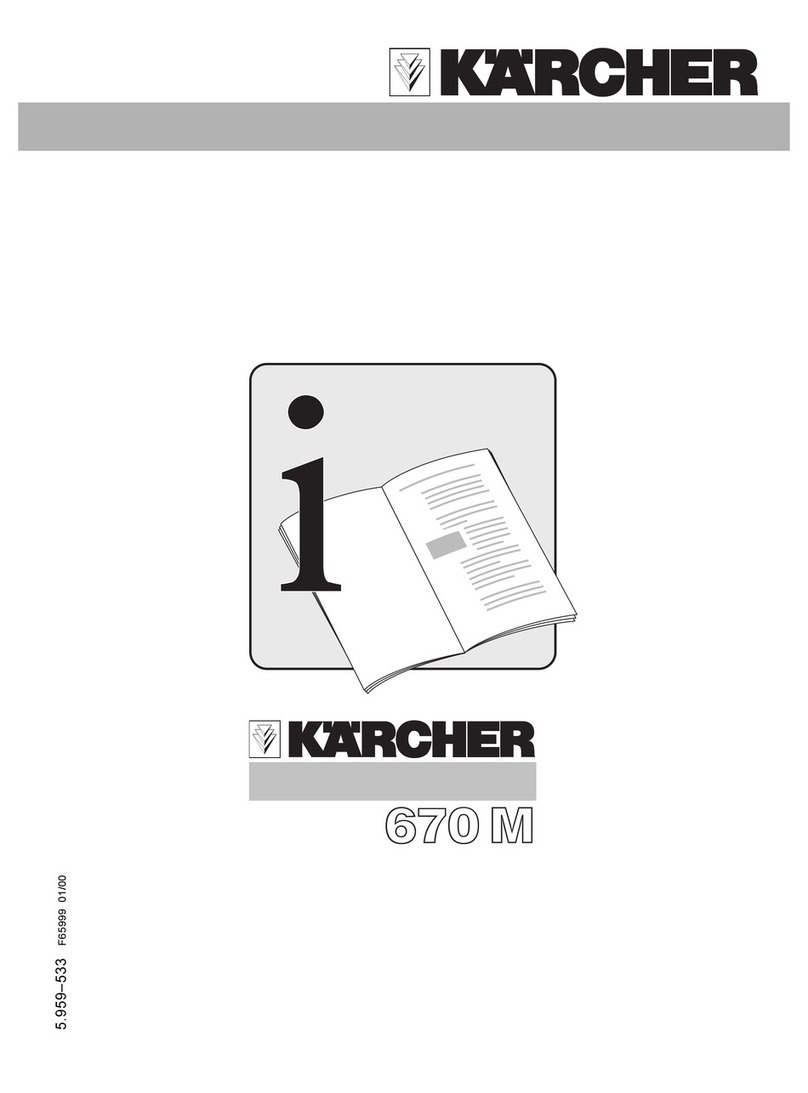Spitwater HP30275P Installation and operation manual




















This manual suits for next models
3
Other Spitwater Pressure Washer manuals

Spitwater
Spitwater G120 User manual

Spitwater
Spitwater SHW89 Operating instructions

Spitwater
Spitwater SLD19 Operating instructions
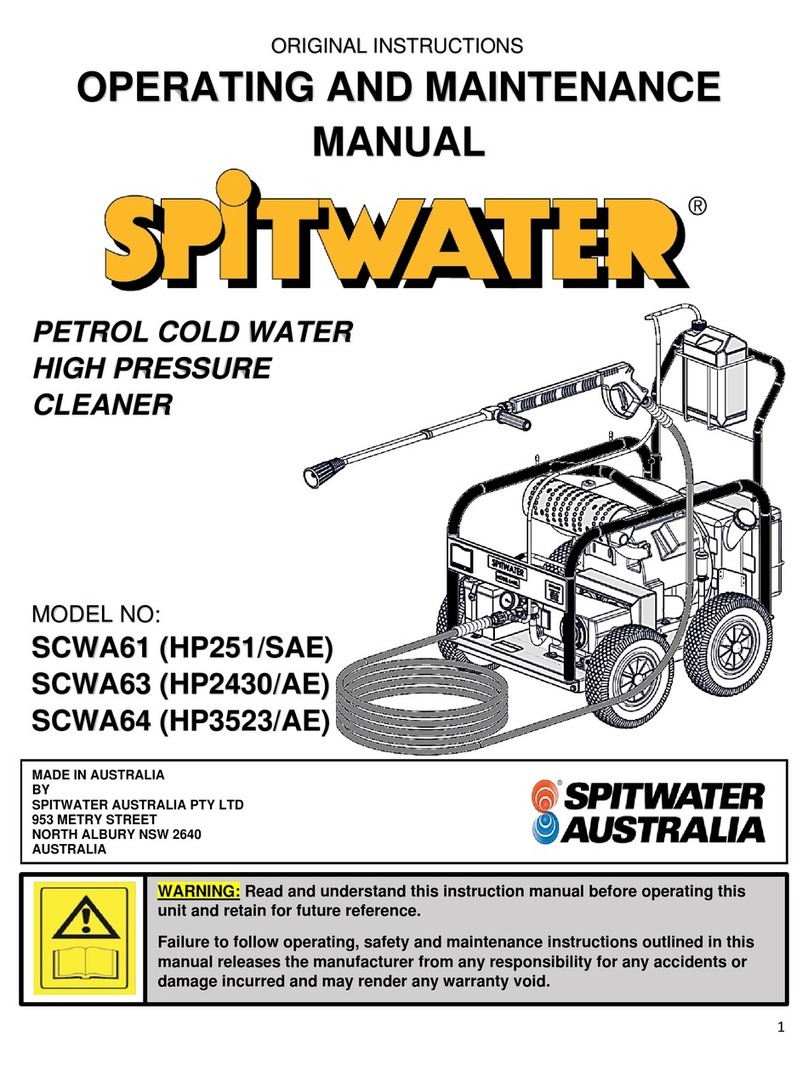
Spitwater
Spitwater SCWA61 Operating instructions

Spitwater
Spitwater SLD25 Operating instructions

Spitwater
Spitwater SCW85 Operating instructions
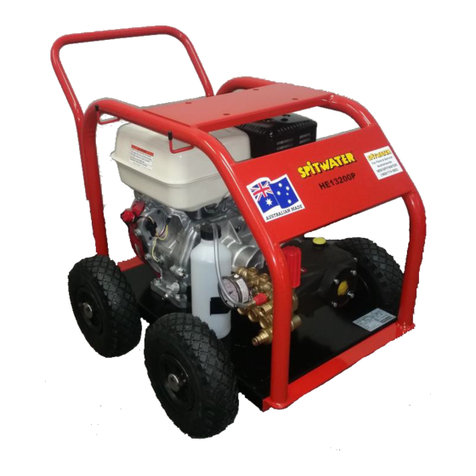
Spitwater
Spitwater SCWA68 Operating instructions
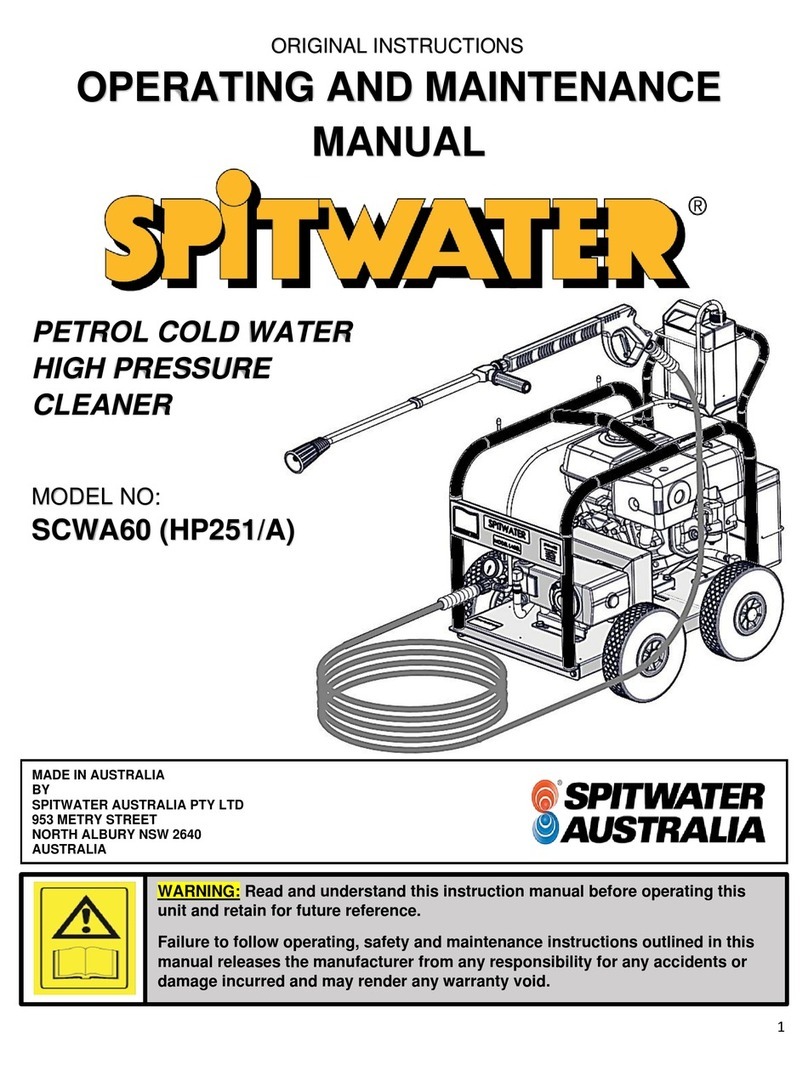
Spitwater
Spitwater SCWA60 Operating instructions
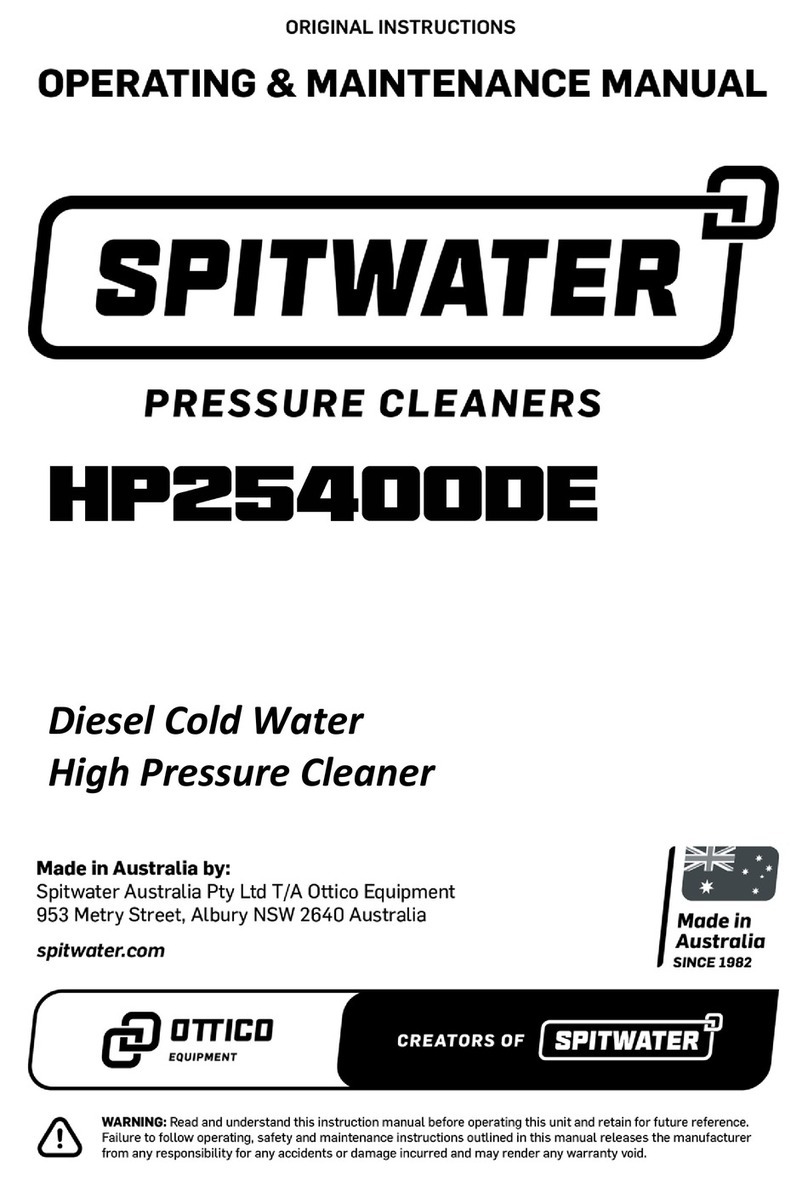
Spitwater
Spitwater HP25400DE Installation and operation manual
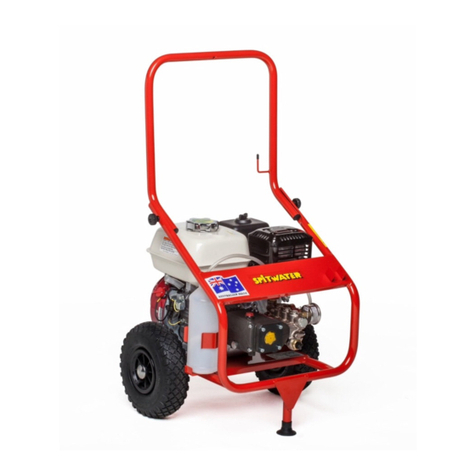
Spitwater
Spitwater SLD24 Operating instructions
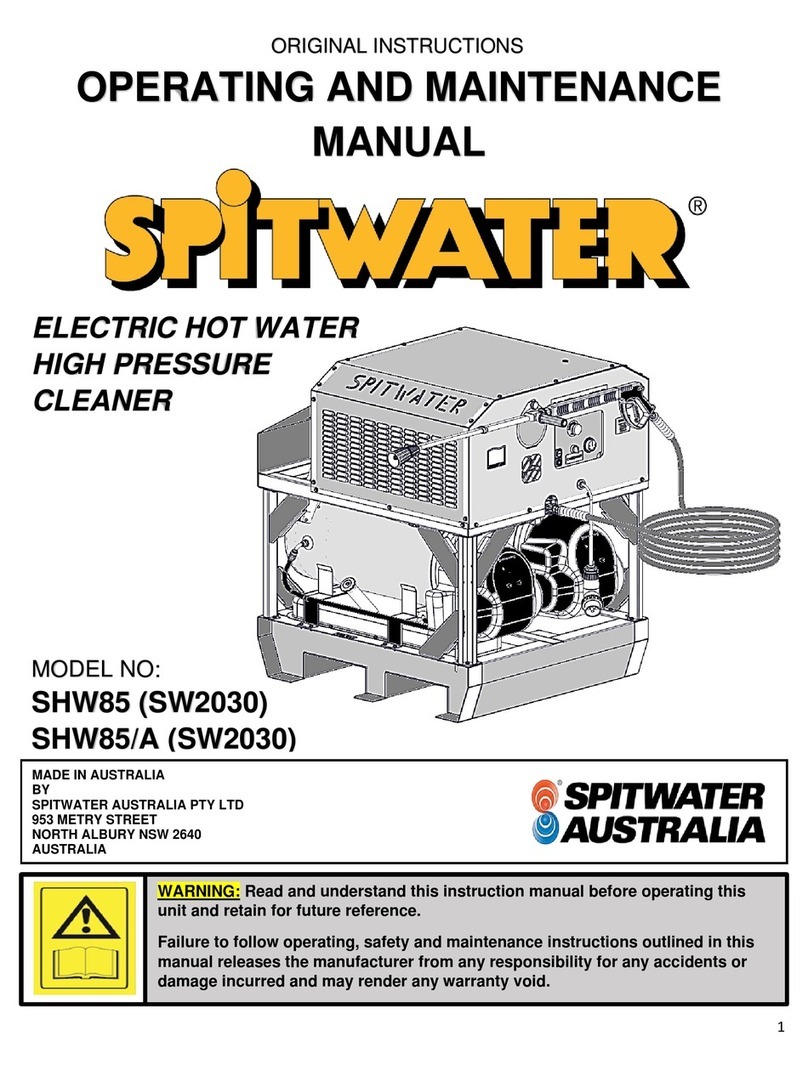
Spitwater
Spitwater SHW85 Operating instructions

Spitwater
Spitwater 8-140P Operating instructions
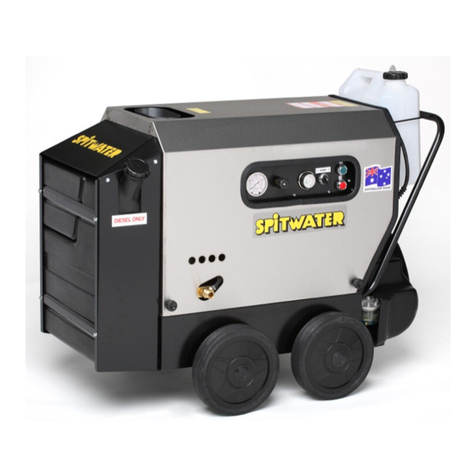
Spitwater
Spitwater SHW69 Operating instructions

Spitwater
Spitwater SCW82/G Operating instructions

Spitwater
Spitwater SHW91 Operating instructions
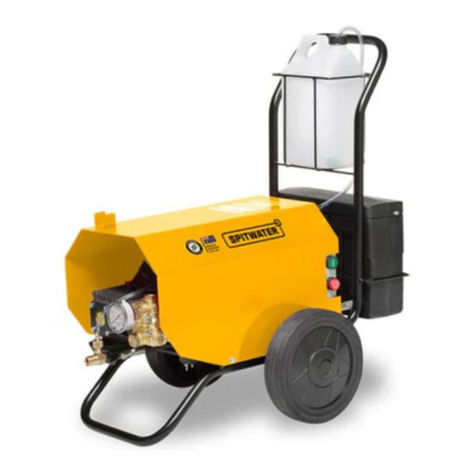
Spitwater
Spitwater SCW69 Operating instructions

Spitwater
Spitwater HP201 Operating instructions
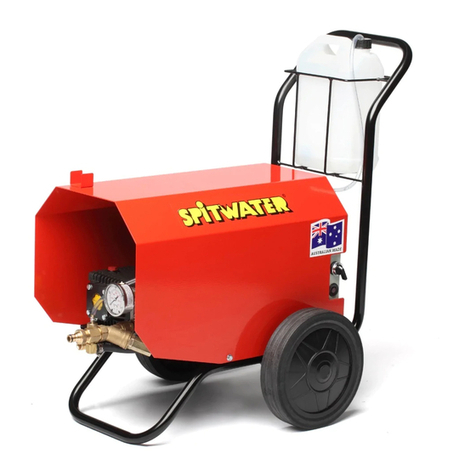
Spitwater
Spitwater SCW70/TS Operating instructions

Spitwater
Spitwater SHW87 Operating instructions

Spitwater
Spitwater SLD10 Operating instructions
Popular Pressure Washer manuals by other brands
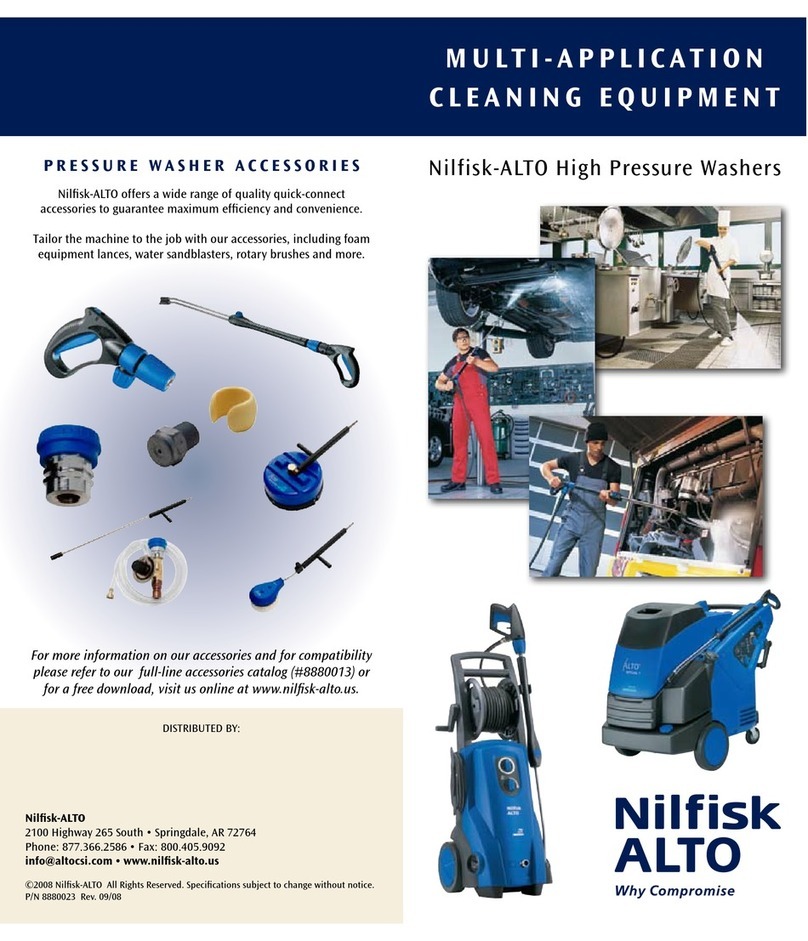
Nilfisk-ALTO
Nilfisk-ALTO POSEIDON 2-19 X Specifications

Greencut
Greencut JET-3200 instruction manual
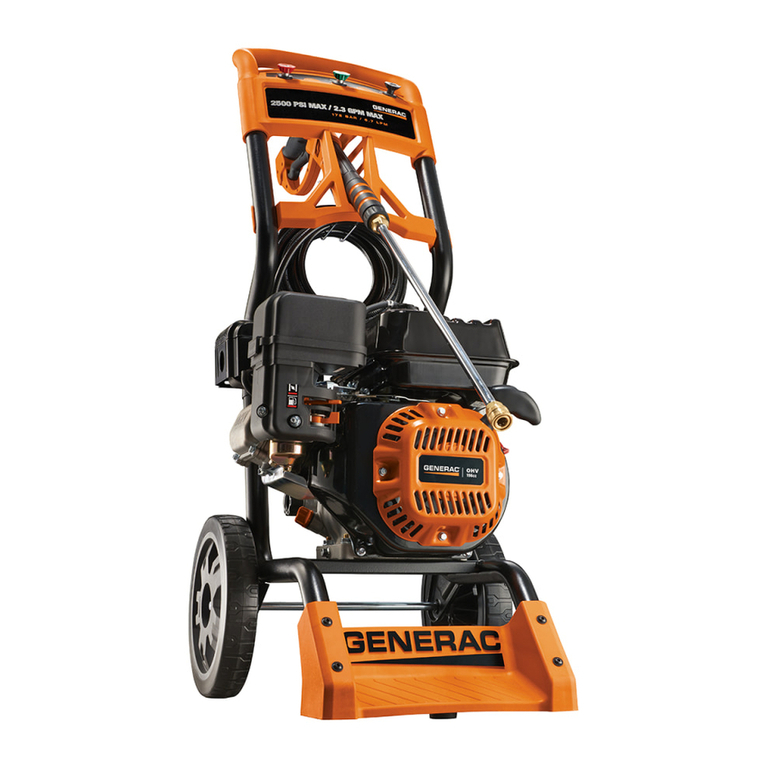
Generac Portable Products
Generac Portable Products 2500PSI owner's manual

EUROM
EUROM 135428 instruction manual
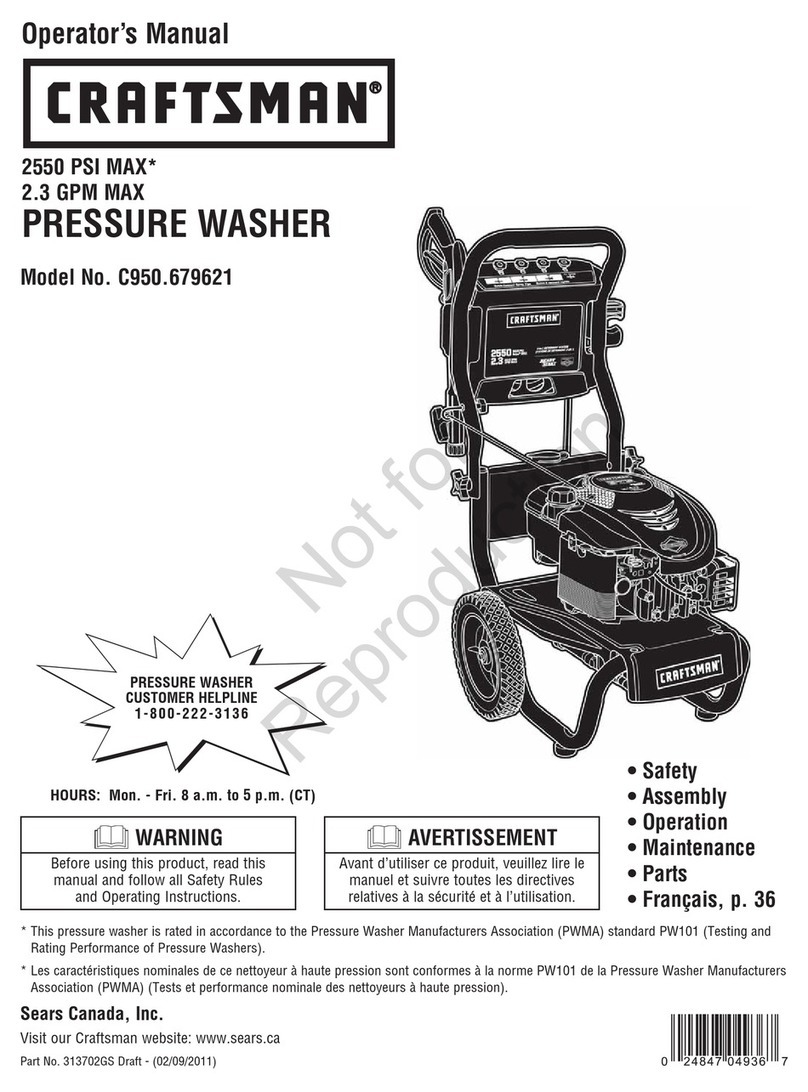
Craftsman
Craftsman C950.679621 Operator's manual
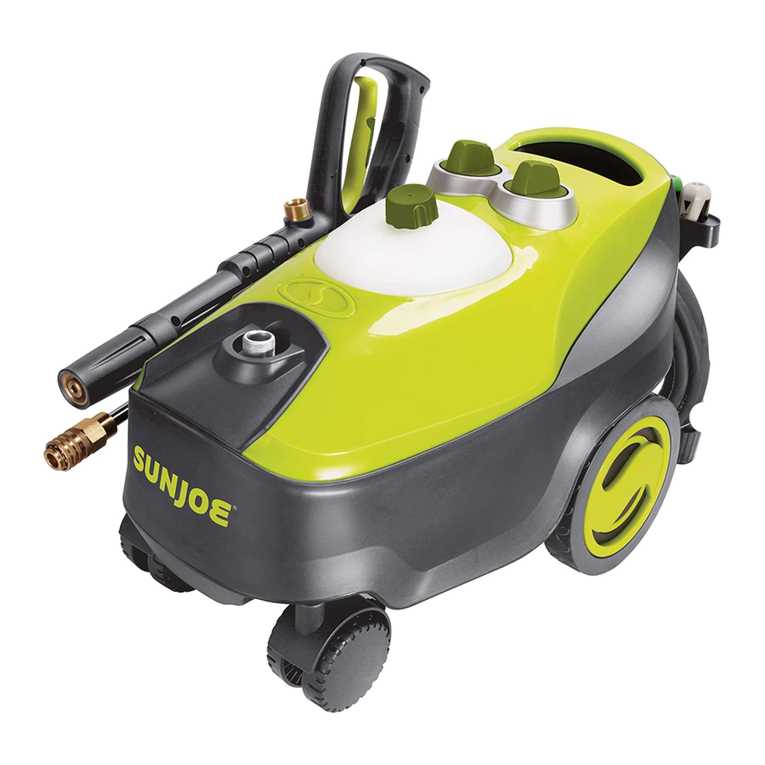
SNOWJOE
SNOWJOE SUNJOE SPX 3200 Operator's manual
